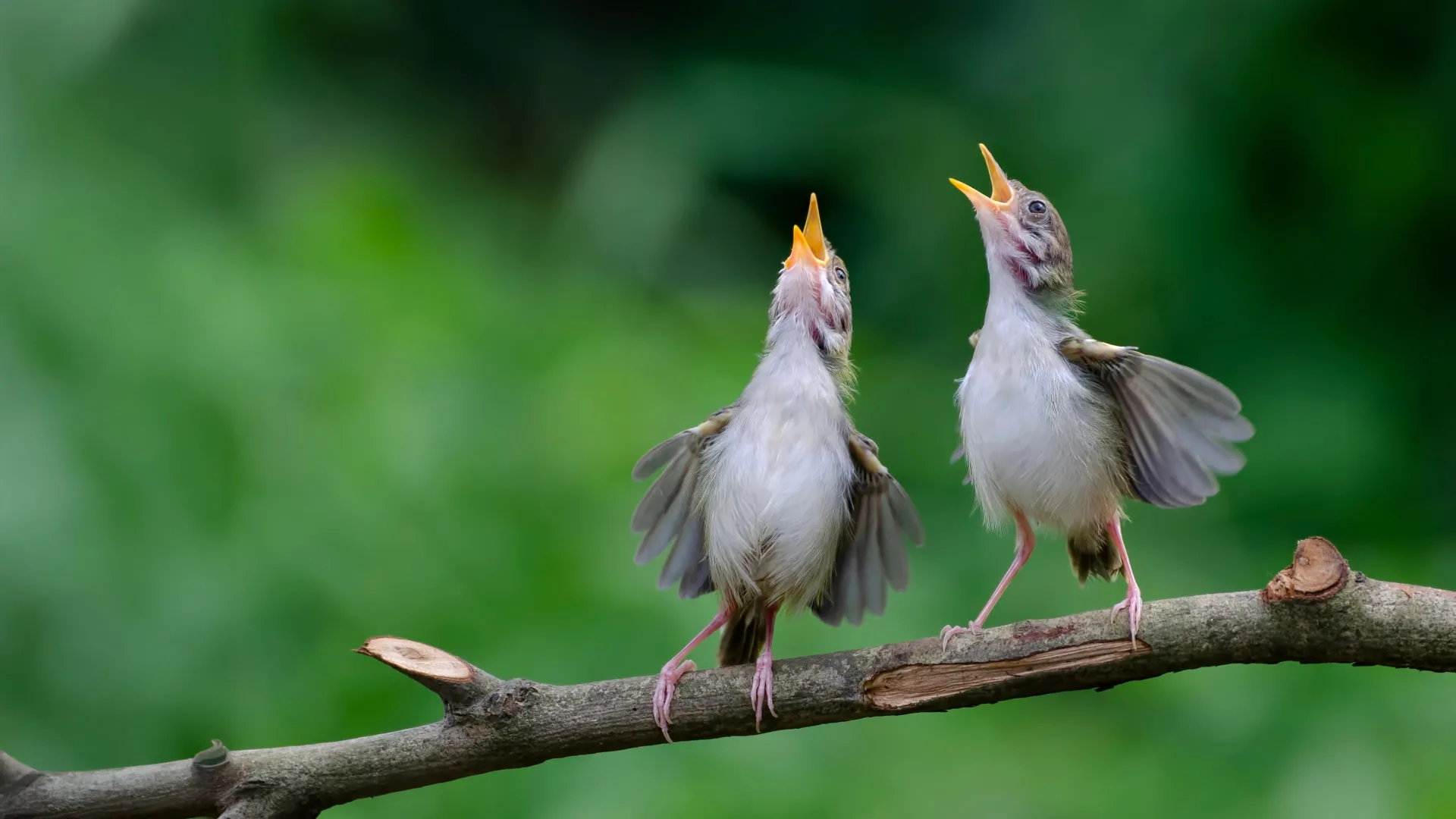Birds around the world share a mysterious warning cry
- Date:
- October 6, 2025
- Source:
- Cornell University
- Summary:
- Birds across the globe independently evolved a shared warning call against parasites, blending instinct and learning in a remarkable evolutionary pattern. The finding offers a rare glimpse into how cooperation and communication systems evolve across species.
- Share:

Birds that have been separated by vast distances and millions of years of evolution still produce strikingly similar warning cries when they spot a parasitic threat near their nests, according to a new international study.
Researchers discovered that these alarm calls are learned behaviors rooted in an instinctive reaction that appears across multiple species, marking the first documented example of a vocalization that combines both learned and innate components.
Published on October 3 in Nature Ecology and Evolution, the study provides a window into how natural selection influences the development of animal communication. The project, led by scientists from Cornell University and the Doñana Biological Station in Seville, Spain, represents one of the most extensive investigations ever conducted on brood parasitism.
The Battle Against Brood Parasites
Brood parasitism occurs when certain birds, such as cuckoos, lay their eggs in the nests of other species. This forces unsuspecting hosts to raise the parasite's chicks, often sacrificing their own offspring in the process. Because of this costly deception, host species benefit from recognizing and deterring parasites before they lay their eggs.
The researchers observed that over 20 bird species from four continents use nearly identical "whining" alarm calls to signal the presence of parasitic intruders.
A Shared Sound Without Contact
The team was intrigued by how birds living in places as far apart as Australia, China, and Zambia all produced the same distinctive warning call despite never having any direct contact with one another.
When a bird hears this call, it instinctively investigates. During that moment, explained co-author Damián Blasi, a language scientist at Pompeu Fabra University in Spain, the bird begins to associate the sound with the surrounding cues -- a process known as social transmission.
"It's then, when birds are absorbing the clues around them, that the bird learns when to produce the sound in the future," said James Kennerley, co-lead author and postdoctoral fellow at the Cornell Lab of Ornithology.
Between Instinct and Language
"The fascinating thing about this call is that it represents a midpoint between the instinctive vocalizations we often see in animals and fully learned vocal units like human words," said William Feeney, an evolutionary ecologist at Donana Biological Station in Seville, Spain, and co-lead of the study.
The study also found that species producing the whining call tend to inhabit regions where host-parasite interactions are especially complex.
"With birds working together to drive parasites away, communicating how and when to cooperate is really important, so this call is popping up in parts of the world where species are most affected by brood parasitism," said Kennerley.
The result, he said, "is that the evolution of the whining vocalization is affecting patterns of cooperative behaviors between birds around the world."
Evolution's Link Between Learning and Instinct
What makes this research particularly significant, according to the authors, is the discovery of a connection between an innate sound and a learned behavioral response. "For the first time, we've documented a vocalization that has both learned and innate components, potentially showing how learned signals may have evolved from innate calls in a way first suggested by Charles Darwin," Feeney said. "It's like seeing how evolution can enable species to give learned meanings to sounds."
The results challenge long-standing assumptions that animal communication and human language are completely separate. The team proposes that complex communication systems, such as human speech, may have evolved through the gradual blending of instinctive and learned elements over time.
Story Source:
Materials provided by Cornell University. Note: Content may be edited for style and length.
Journal Reference:
- William E. Feeney, James A. Kennerley, David Wheatcroft, Wei Liang, Joleah B. Lamb, Niki Teunissen, Shelby L. Lawson, Janice K. Enos, Bo Zhou, Colleen Poje, Nicole M. Richardson, Thomas A. Ryan, Zara-Louise Cowan, Rohan M. Brooker, Mairenn Attwood, Jordan Boersma, Marissa Zamora, Alfredo Attisano, Roman Gula, Jörn Theuerkauf, Ros Gloag, Vanina D. Fiorini, Sharon A. Gill, Anne Peters, Marcel Honza, Claire N. Spottiswoode, Mark E. Hauber, Andrea Manica, Michael S. Webster, Damián E. Blasi. Learned use of an innate sound-meaning association in birds. Nature Ecology, 2025; DOI: 10.1038/s41559-025-02855-9
Cite This Page: